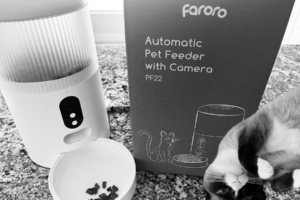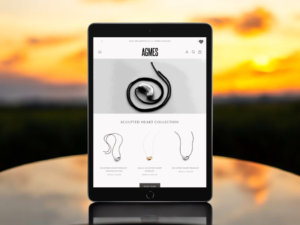In recent years, the beauty and wellness industries have witnessed a significant shift towards non-invasive treatments, with body contouring at the forefront of this transformation. Med spas across the globe are increasingly offering non-invasive body contouring options that promise to reshape and refine the physique without the need for surgical intervention. This trend reflects a growing consumer preference for treatments that offer noticeable results with minimal downtime and risk. Here’s a comprehensive look at the rise of non-invasive body contouring in med spas, exploring the technologies involved, the benefits they offer, and why they have become so popular.
Understanding Non-Invasive Body Contouring
Non-invasive body contouring refers to a range of procedures designed to remove or reduce fat, tighten skin, and improve the body’s contours through non-surgical means. These procedures typically use various technologies to target fat cells and reduce them in specific areas such as the abdomen, thighs, buttocks, and arms. The appeal of these treatments lies in their ability to achieve aesthetic goals without the risks and recovery time associated with traditional surgery.
Technologies Powering Non-Invasive Body Contouring
Several innovative technologies have fueled the adoption of non-invasive body contouring in med spas:
1. Cryolipolysis (Fat Freezing): This technology involves the controlled cooling of fat cells, leading to their natural death and subsequent removal by the body’s lymphatic system. The process selectively targets fat cells without affecting the surrounding tissues.
2. Laser Lipolysis: Unlike liposuction, laser lipolysis uses laser energy to liquefy fat cells, which are then metabolized by the body over time. This method is particularly effective for small areas of fat that are resistant to diet and exercise.
3. Radiofrequency: Radiofrequency treatments deliver controlled heat deep into the skin, which not only reduces fat but also stimulates collagen production, resulting in tighter, smoother skin.
4. High-Intensity Focused Ultrasound (HIFU): HIFU targets deep layers of the skin, inducing rapid heating of the fat cells and causing them to break down, while also tightening the skin through collagen stimulation.
5. Electromagnetic Muscle Stimulation: This newer technology induces muscle contractions with electromagnetic energy, simulating the effects of exercising and leading to increased muscle definition and fat reduction.
Benefits of Non-Invasive Body Contouring
1. No Downtime: One of the most significant advantages of non-invasive body contouring is the lack of downtime. Unlike surgical procedures, these treatments allow individuals to return to their daily activities immediately after their session.
2. Safety: With non-invasive techniques, the risk of complications such as infections, scarring, and anesthesia-related issues is greatly reduced. These treatments are considered safe for most people, subject to certain health criteria.
3. Gradual, Natural-Looking Results: Results from non-invasive body contouring develop over time as the body naturally processes and eliminates fat cells. This leads to more subtle and natural-looking changes, which can be more appealing to those who do not wish for drastic alterations.
4. Versatility: These technologies can be applied to a variety of body areas, making them versatile options for targeting specific problem spots.
5. Comfort: Most non-invasive body contouring treatments are painless or merely cause mild discomfort, which is a big draw for individuals seeking less invasive options.
Why Non-Invasive Body Contouring Is Gaining Popularity
The rising popularity of these treatments can be attributed to several factors:
1. Increasing Body Positivity and Self-Care Awareness: As more people invest in self-care and body positivity, the demand for personalized, less invasive services that align with a holistic health approach has increased.
2. Technological Advancements: Continuous improvements in technology make non-invasive body contouring more effective and accessible, encouraging more individuals to opt for these procedures.
3. Economic Factors: Non-invasive procedures are often more cost-effective than surgery, both in terms of the actual treatment cost and the absence of associated expenses like downtime and recovery.
4. Marketing and Media Influence: With more celebrities and influencers choosing non-invasive procedures, public awareness and acceptance of these treatments have grown.
Non-invasive body contouring represents a convergence of health, technology, and beauty, offering a compelling alternative to traditional surgical methods. As med spas continue to embrace and refine these technologies, the boundary between aesthetic enhancement and minimal intervention will further blur, making advanced body contouring accessible to a broader audience. This trend not only highlights the advancements in cosmetic treatments but also reflects changing attitudes towards beauty, health, and wellness.








